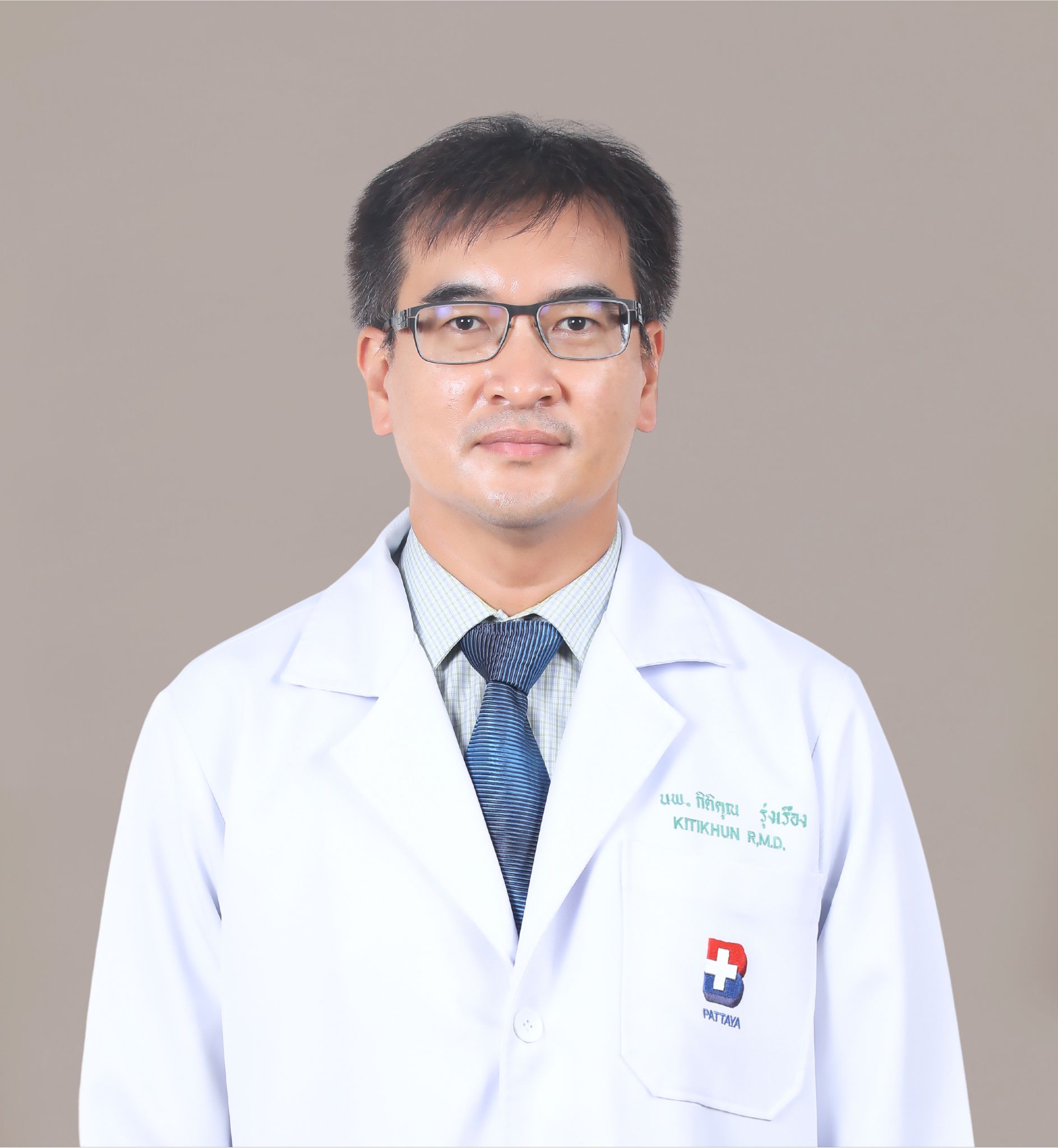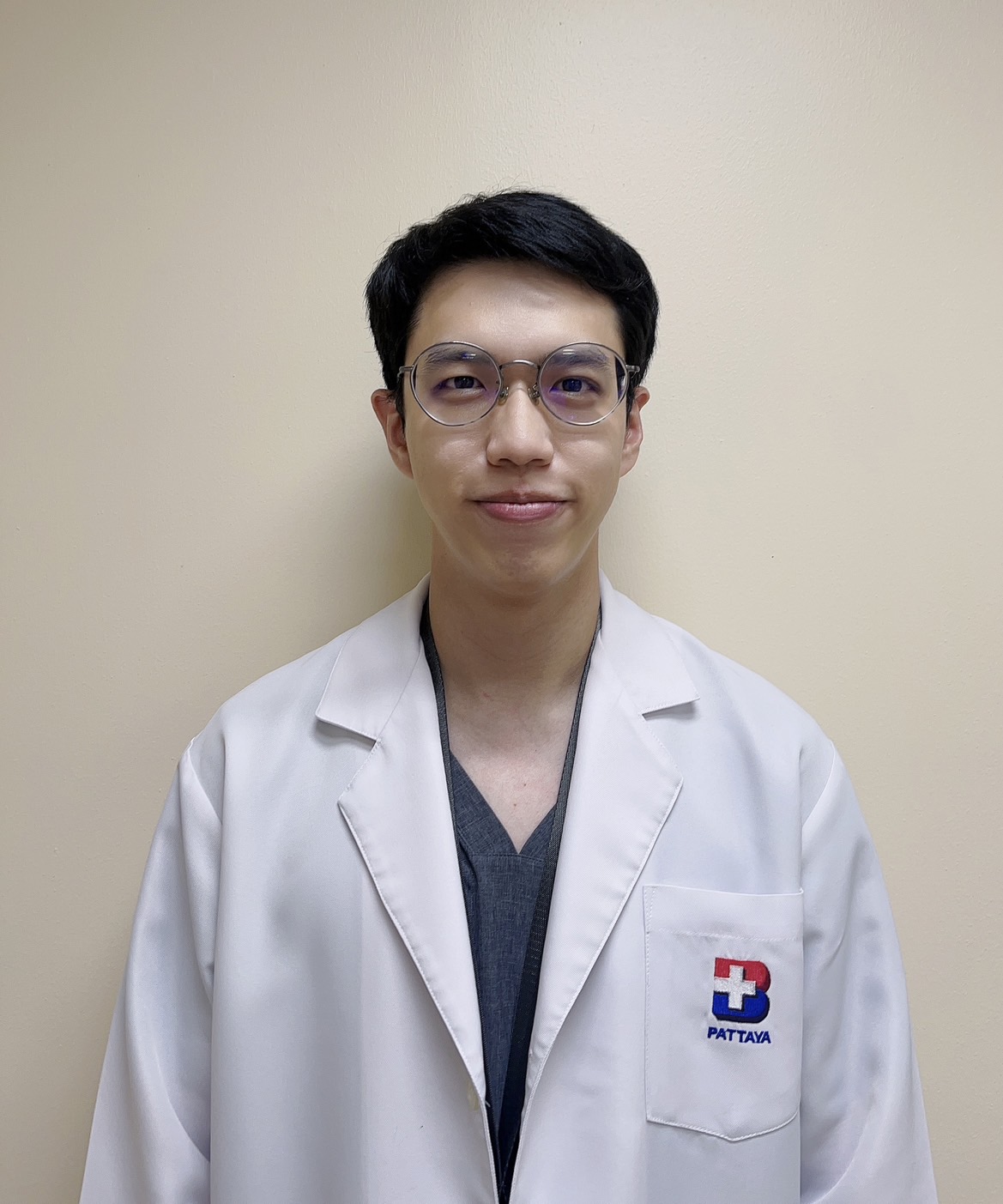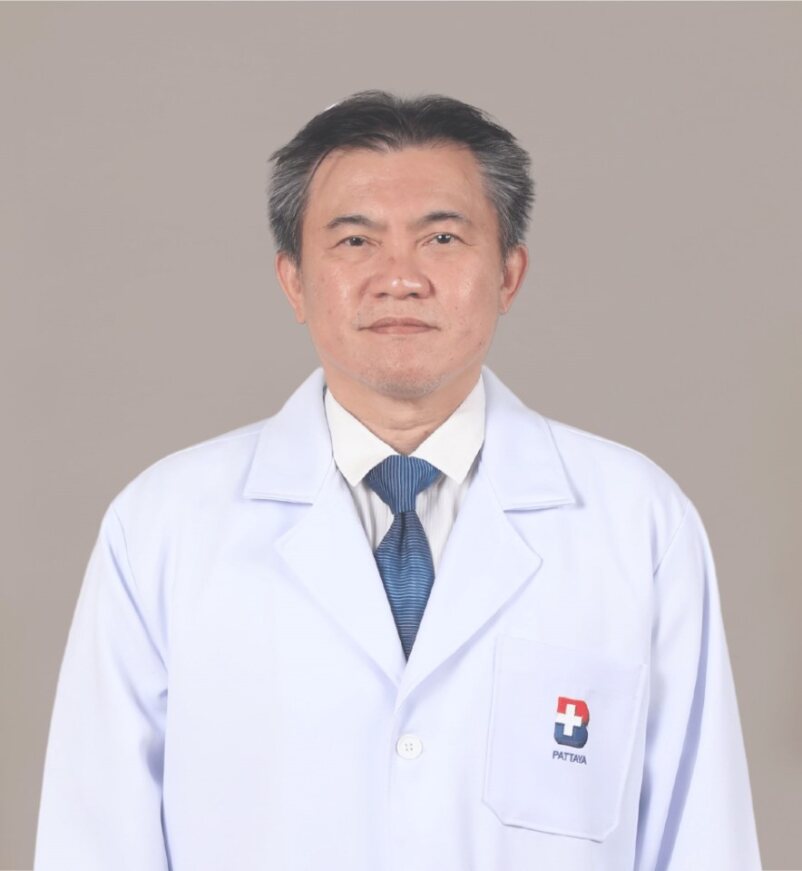Unique Fractional Q-Switched Nd:YAG Laser (1064 nm/532 nm)
Helios II is the unique Fractional Q-Switched Nd:YAG Laser (1064nm/532nm) By LASEROPTEK, the spatial distribution of laser beam is designed to be uniform to reduced side effects such as Hyperpigmentation or Hypopigmentation. Helios II is also designed to keep a stable energy with uniform beam profile during long time operation at maximum repitition rates.
What is Q Switched Yag Laser?
This is a laser procedure in which a beam of light at a specific wavelength is applied to the skin and is absorbed by colored pigments in the skin, including melanin and tattoo pigments.
What is Q Switched Yag Laser used for?
Q Switched Yag Laser is used for removal of brown age spots on the face, chest, hands and arms and for tattoo removal. This laser also removes permanent tattooed makeup.
Is Q Switched Yag Laser safe?
Q Switched Yag Laser is a safe and effective method of treating age spots and tattoos. It is performed by a physician skilled in the use of lasers.
What are the possible side effects from Q Switched Yag Laser treatment?
Possible side effects include blistering and crusting after the treatment.
Is Q Switched Yag Laser painful?
For laser treatment of tattoos, the skin is numbed with a local anesthetic. This ensures patient comfort during the treatment. Small age spots may not require a local anesthetic.
Are there any pre-treatment procedures?
Our nurse or physician will consult with you and review the pre-treatment procedures. The skin being lasered must not be tanned. If the patient has a history of cold sores in the area to be treated, a prescription for an anti-viral medication will be given to you by the physician to be started the day before the laser procedure and taken for a few days afterwards.
How is Q Switched Yag Laser performed?
After the patient has had the local anesthetic, the patient is placed in a comfortable, relaxed position. The Q Switched Yag Laser handpiece is applied to the skin to deliver the laser light. Dark glasses are worn to protect the patient’s eyes from the light.
How long is each treatment?
The length of this treatment varies depending on the size of the area being treated. A few age spots may be lasered in a few minutes; a large tattoo may require 30 minutes or longer.
How many treatments will I need?
Most age spots require only one treatment. Tattoos require several treatments, which would be determined by your dermatologist.
How will I look after each treatment?
The treated skin becomes red immediately after the procedure. An antibiotic ointment will be applied to the area and a dressing applied. Some redness and crusting may last for 7 – 14 days.
How do I take care of my skin after the Q Switched Yag Laser treatment?
Patients are asked to apply antibiotic ointment and a bandaid to the treated area for one to two weeks. It is important to protect all your skin from the sun using a sunscreen with an SPF of 30 or higher every day as well as sun protective clothing.
Are tattoos completely removed with the Q Switched Yag Laser?
Most tattoos are considerably improved, and many are completely removed. Some areas may show a “shadow” of the former tattoo, which gradually clears. Some tattoo pigment colors are more easily removed than others
























